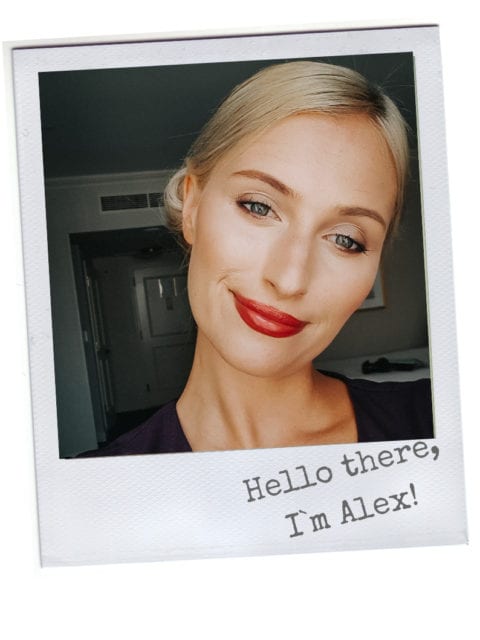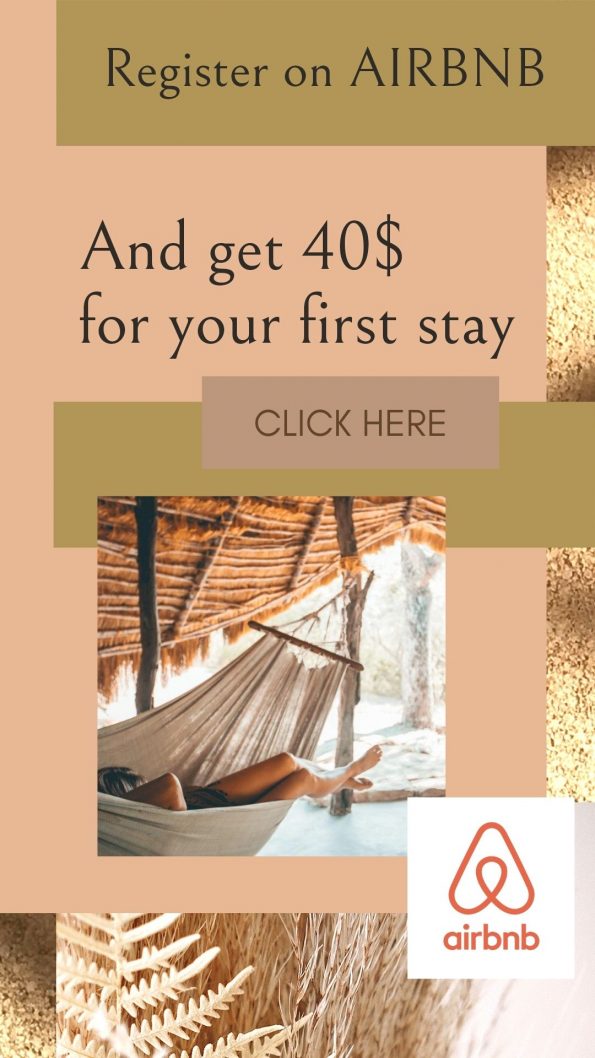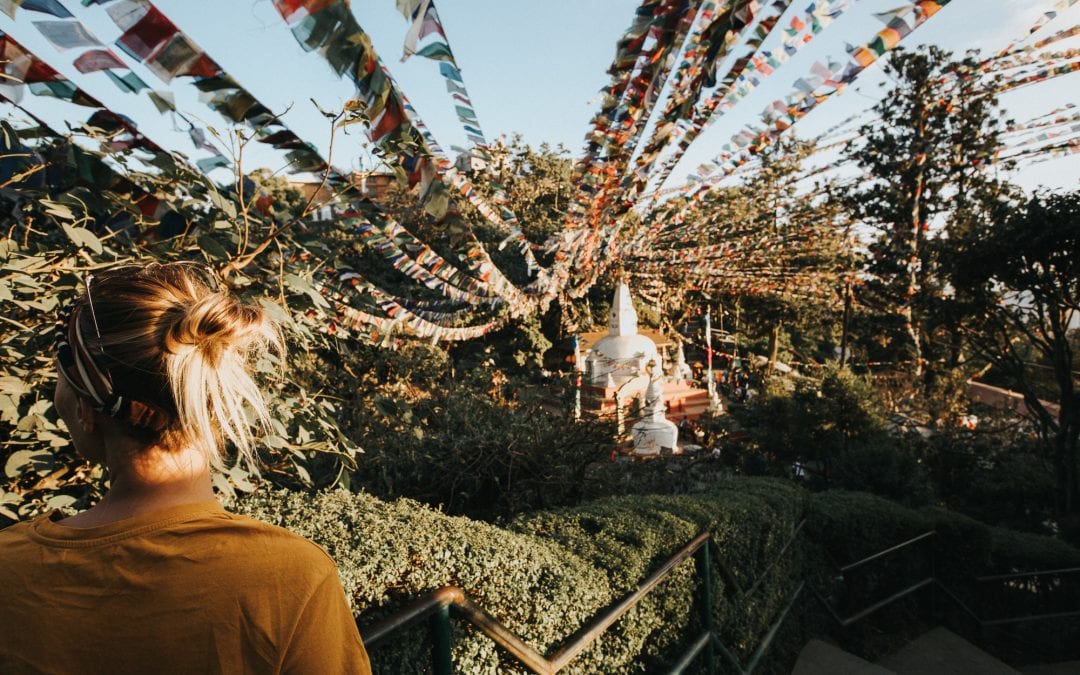
Kathmandu in 3 days. Main attractions of this backpackers paradise.
Formerly known as Kantipur, Kathmandu city enchants its diversity. The diversity of cultures, religions, people, and landscapes. Treated sometimes only as a base to set off in the Himalayas, deserves to stay a couple of days to explore.
Kathmandu in 3 days – what to see and do?
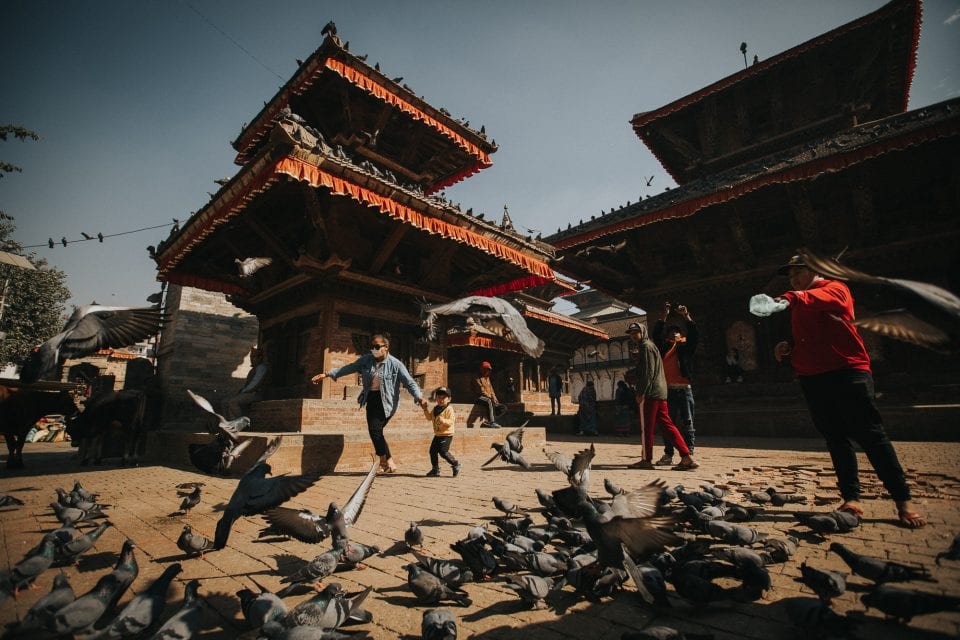
DAY 1- Dive into Thamel district
- Thamel is the first backpacker’s choice and the best place to stay in Kathmandu. And even if your hotel is somewhere else, you can’t miss it for shopping and a fantastic vibe. For me, it was a perfect place to start my Nepalese adventure. I dare to say that you can come to Nepal naked, and it’s totally fine – Thamel has everything you need to complete your journey in style. From trekking gear, through pashmina (Nepalese cashmere) to ayurvedic cosmetics and great food. When you get there, you will be struck by the noise of the city, speeding scooters from every possible direction, colorful shop expositions, and the smell of incense from the roadside temples. Spend a couple of hours enjoying this bustling city district, and don’t forget to try out one of the famous Momos (traditional Nepalese dumpling) places.
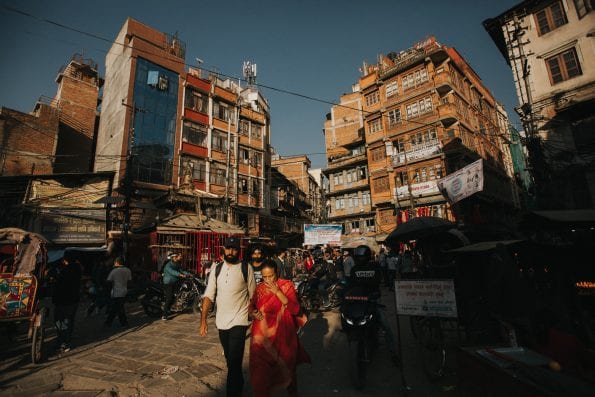
- Garden of Dreams – after busy Thamel, this place is like an oasis. Once you pass through the gate, you will feel like Alice in Wonderland. However, instead of a rabbit, you will find there super friendly chipmunks, waiting for you to feed them. This place is a beautiful neo-classical garden, built in the 1920s, in the style of English estates (Kathmandu was never conquered, so it’s just a copy). Bring a book, or yoga mat so you can enjoy the serenity. And if you feel still hungry, there is an excellent cafe and a bar.
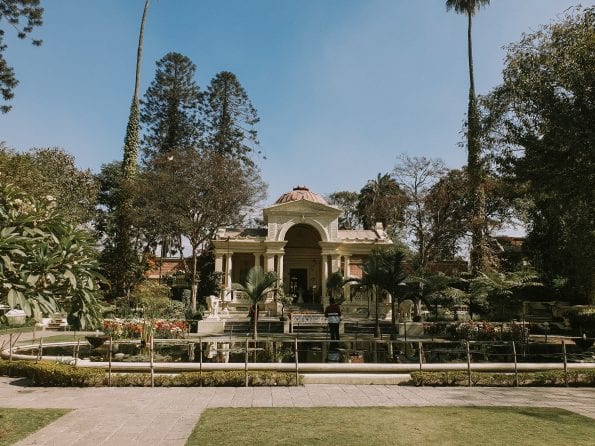
- Try Thamel’s nightlife – I would not expect that before my trip, but yes – Kathmandu’s nightlife is pretty much exciting. Maybe I’m not talking about nightclubs (however you can find them too), but cozy bars filled with backpackers and live music. My favorite one is Sam’s bar – a mix of locals, trekkers, and backpackers.
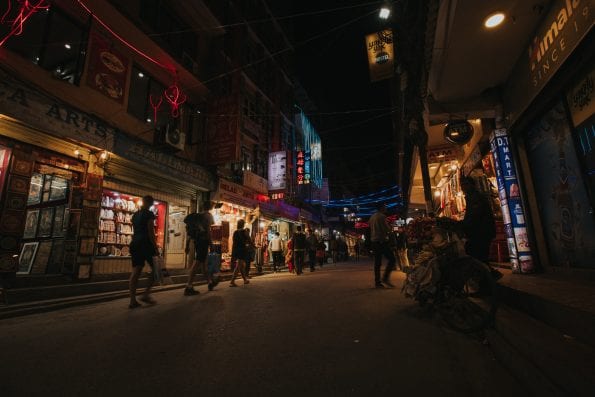
DAY 2 – Old Kathmandu and Durbar square
- Durbar Square – the complex of beautiful temples, palaces and shrines, both Hindu and Buddhist. World Heritage Site of UNESCO, and for sure must see in Kathmandu. Even if you have just a couple of hours, surely you should consider visiting Durbar Square. This is the place where the kings of Nepal were crowned and used to live until the 20th century. The area is made of two sub-areas. The map of Durbar Square shows over 40 places to see, so it takes a couple of hours to mingle around them, especially that you can look at everyday life at the same time. And if you are lucky enough, you might take part in one of the many festivals.
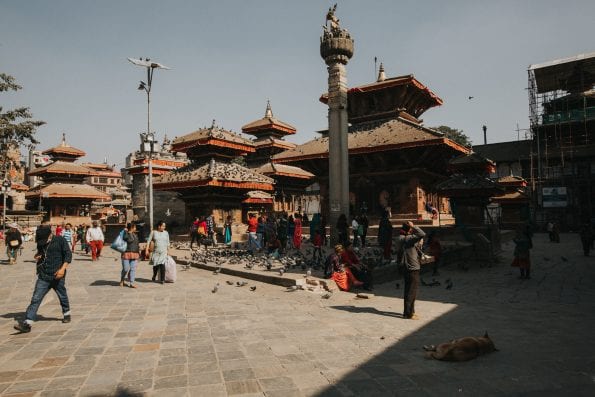
Sadly, Durbar Square was severely damaged during the 2015 earthquake. Many temples were destroyed entirely, but slowly the situation improves, and the monuments are being rebuilt. That’s why you can see constructions around the place.
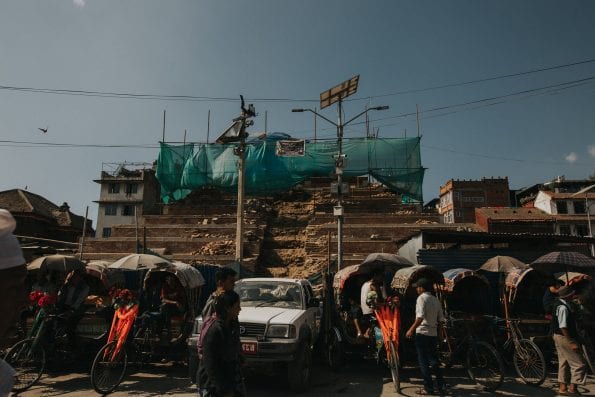
My favorite place in Durbar square was Kumari-Ghar, which is a home of the Hindu and Buddhist living goddess. Nepalese believe that the goddess called Taleju incarnates to a small girl’s body. A child must meet specific criteria to be selected, and she remains Kumari until her first menstruation. I was lucky enough to see her, but I couldn’t take a picture. As a typical westerner, of course, I thought that this poor girl should go and play with other kids instead of doing her ‘goddess’ duties.
- Old City and Freak street
The old city of Katmandu is a labyrinth of tiny streets with hidden temples. If you are there, don’t miss a cozy square with Kathesimbhu Stupa, less popular and crowded than Durbar Square, but worth to see. You might hear about Freak Street, located close to Durbar Square. Its name refers to the famous hippie trail in the 1960s and 1970s, as it was one of its final Asian stops. The place is not anymore like it used to be, but as the hippie in heart, I had to see it by myself, so you can consider it too.
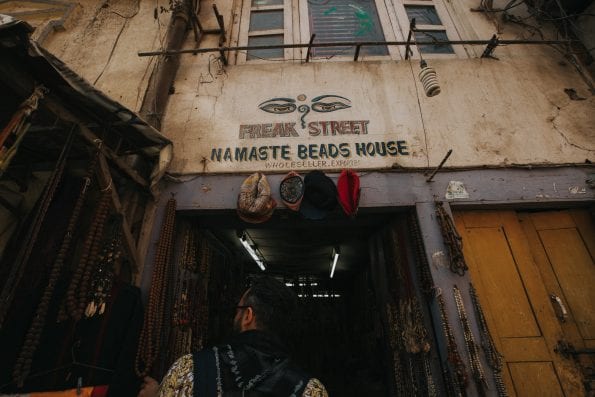
- Check Mandala workshop
Mandala is a spiritual and ritual figure in Hinduism and Buddhism, representing the universe. An image full of symbolism, which helps with meditation and carries a mystical journey. Even if you don’t want to buy one for you, it’s such an essential part of Nepalese culture. It is very interesting to learn the basics about the meaning and types of mandalas. There are plenty of workshops around the old city.
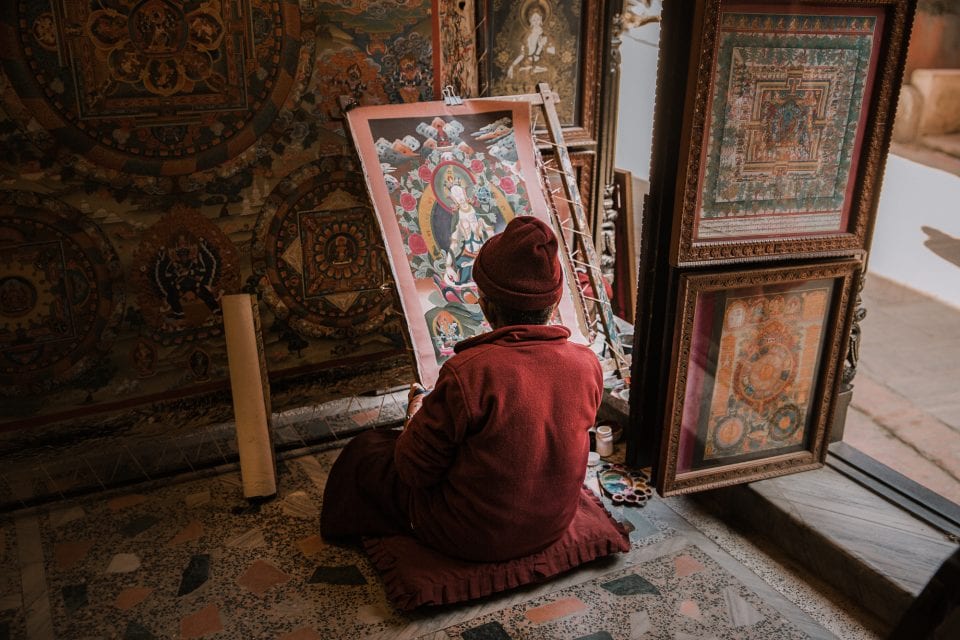
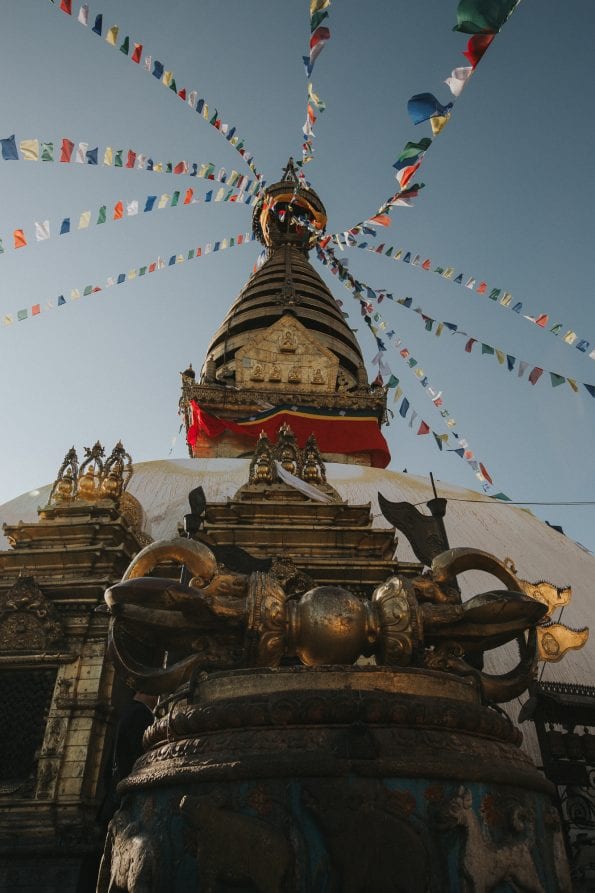
- Enjoy the sunset at Monkey Temple
Known as well as Swayambhunath Stupa, but I dare you to pronounce it 🙂 Surrounded by hundreds of (not necessarily) friendly monkeys, it’s a great place to spend the afternoon. This sacred stupa is also a UNESCO heritage site. The temple is placed on the top of the hill so you can admire a fantastic view of the Kathmandu city. There are two ways to get there. I recommend starting from the staircase way, leading directly to the main platform of the temple. The view is worth climbing 318 stairs. To enjoy the sunset, you can go to the rooftop cafe hidden behind the main temple and square. You can as well spend some time in front of the monastery, watching young monks playing football.
To get there, take a taxi from the city, it cost around 500 rupees.
DAY 3 – go outside of the city
- Bakhtapur UNESCO city
Well preserved and partially restored after the 2015 earthquake, Bakthapur city is worth seeing while you are in Kathmandu. The town was on the way of the old trade route from India to Tibet. The main attractions are divided into three different squares – Dhurbar, Taumadhi Tole, and Potter’s Square. Don’t miss spectacular Nayatapola Temple, as its the tallest building in the Kathmandu valley. Another must-do in Bakhtapur is trying their traditional dessert, famous especially here, called juju dhau. It’s kind of sweetened and spiced yogurt, served in most of the restaurants around. This medieval city is also known for its pottery production. You can find little, traditional manufacturers and pottery drying in the sun of Potter’s Square. To get there, take a taxi (around 800 rupees) or a bus from Kathmandu. The entrance fee: 1500 rps.
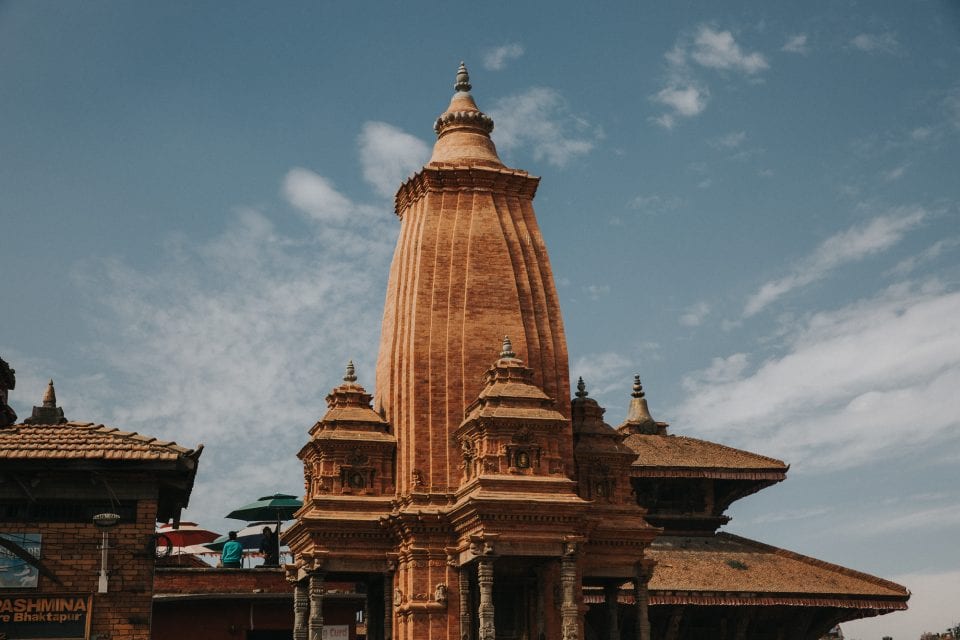
- Bodhnath Stupa
On your way back to Kathmandu, you can stop by the largest stupa in Asia. It’s a place visited daily by thousands of pilgrims from the whole continent. The best way to meet the Tibetan Buddist culture and watch its religious rituals. The square is surrounded by small monasteries, workshops producing butter lamps, and other accessories. Don’t be surprised by Westerners wearing maroon robes – the monasteries here are open for foreign students, so if you are interested in exploring the secrets of Buddhist knowledge, this is the place for you. The stupa by itself is stunning, and the atmosphere with the crowd circulating around it is intriguing. The round square’s buildings remind me of European city architecture, but with the touch of Asian vibe. You can easily spend a couple of hours here, visiting colorful monasteries, checking the shops, and sipping coffee on one of the rooftop cafes next to the stupa. Entrance fee: 400 rps.
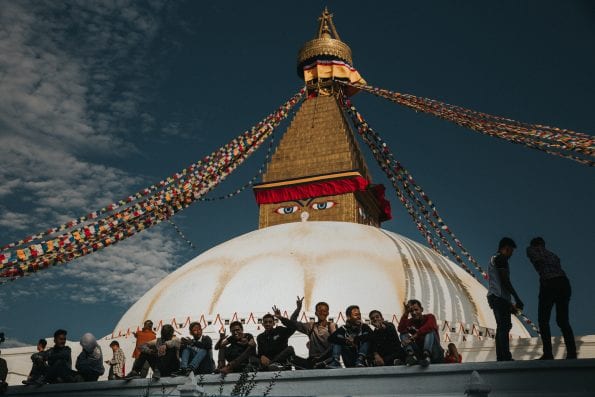
*My tips: where to eat in Kathmandu? Recommended restaurants.
- Langling restaurant – a family business, famous for momos and thenthuk – Nepalese broth with traditional noodles.
- Momos Hut – a paradise for momos lovers. Dumplings of every kind, I recommend trying their vegetarian version with cheese. And don’t forget to order a dessert – momos with chocolate. It was soooo good that we came back again.
- Gaya restaurant – located in a side street, super nice place for breakfast or dinner.

